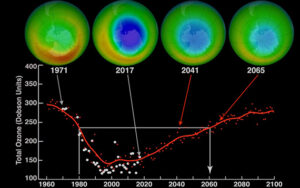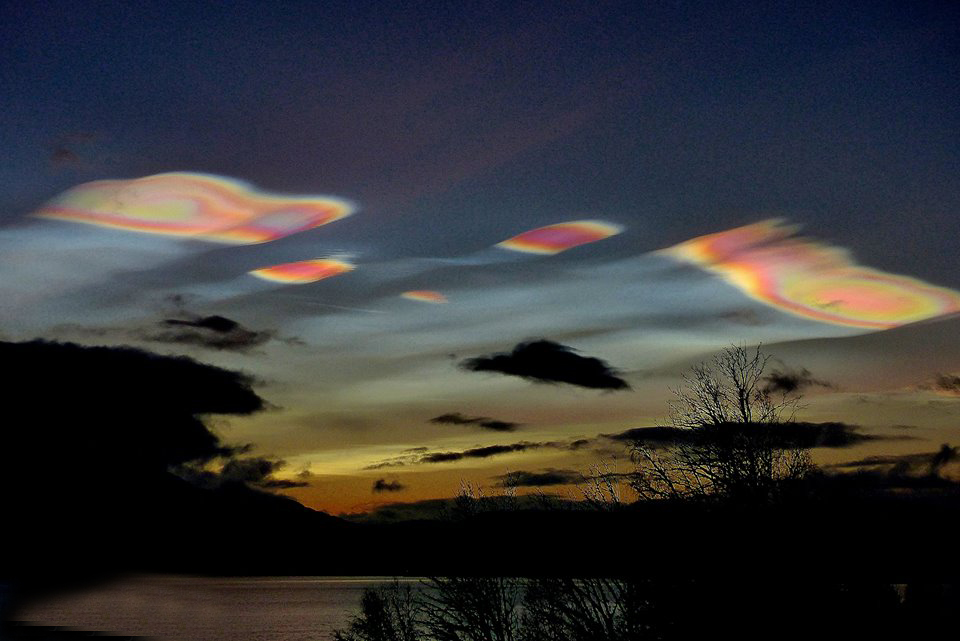In 1985, British geophysicists Joseph Farman, Brian G. Gardiner, and Jonathan Shanklin of the British Antarctic Survey announced the detection of Antarctic Ozone Hole.
In the scientific journal Nature on May 16, 1985, ‘Large losses of total ozone in Antarctica reveal seasonal ClOx/NOx interaction’, British scientists announced the detection of abnormally low levels of ozone over the South Pole. The shield protects us from potentially lethal solar radiation.
The crucial discovery around 36 years ago comes with startling findings that altered the way we live in several important ways.
Soon after the discovery of the Ozone Hole, scientists from NASA used information from satellites to confirm that hole covered the entire Antarctic continent.

Ozone Hole became a significant example of mankind’s ability to damage the Earth’s atmosphere as well as holds paramount importance in the history of environmentalism. Rays passing without this layer can cause skin cancer and cataracts in humans beings while it affected reproductive problems in multiple living organisms.
Since the discovery, world leaders and climate activists had pushed for the regulation of chlorofluorocarbons, chemicals emitted from air conditioners, and aerosol sprays, that affect the ozone.
In a bid to repair the depleted zone, 46 nations initially signed the Montreal Protocol, the single most successful international agreement to date, pledging to phase out all concerning substances. All 197 members of the United Nations would eventually ratify the treaty, and as a result scientists now predict that the ozone layer will return to its pre-1980 levels before the end of the 21st century.

As per the report of 2010, the parties to the protocol had phased out the consumption of 98 percent of all of the chemicals controlled under the accord.
The resulting Montreal Protocol and its subsequent amendments are a thriving illustration of global leadership in tackling the environmental issue.
- Misleading Video Alters Prime Minister Shehbaz’s Speech Targeting Political Rival, Not His Party - 21/04/2024
- ATC Grants Three-Day Remand for Suspects in Ichhra Bazaar Harassment Case - 19/03/2024
- Pakistan, India, and Bangladesh Lead World in Severe Smog Crisis, Exceeding WHO Guidelines - 19/03/2024


